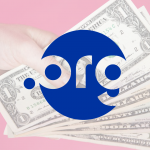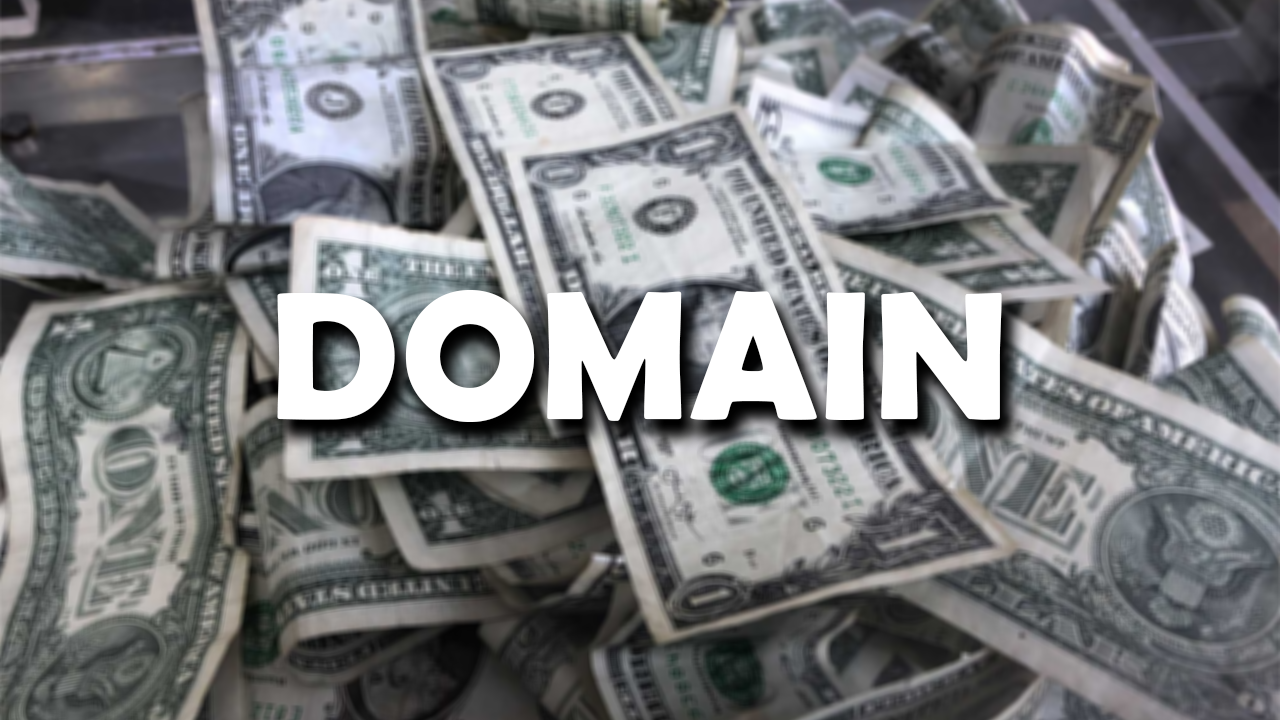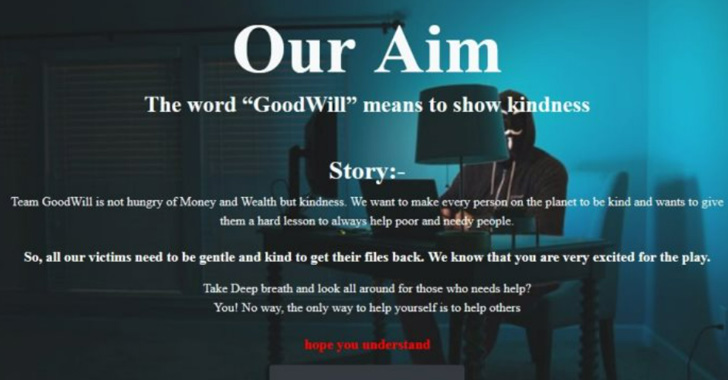
There is quite the discussion going on at Namepros with regards to a domain name that was first reported stolen in 2007.

Provenance is important in things like art and domain names. In an interview with Giuseppe Graziano, Nat Cohen was asked the following?
What do you think needs to happen for the domain industry to outgrow its current status and for domains to become a widely held investment asset class, similar to Real Estate?
Part of Nat’s answer was concerned with provenance:
Another issue is clarifying ownership and having a secure chain of title. With the lack of an official historical ownership record, and with the suppression of public ownership information, it is difficult to know whether the person offering a domain name for sale actually is the legitimate owner and that there isn’t someone else who can make a claim to be the owner. Control over the domain name is effective ownership but it is not legal ownership. In real estate there are recorded titles and title searches to confirm a clean chain of ownership. Domain names lack any accurate way to independently verify ownership.
This is something I agree with and have dealt with in some talks with clients. A deal did not happen in June because my client was not happy with the ownership clarity.
Now in the case of ASZ.com the domain was reported stolen in 2007 and Theo at DomainGang has done a good job of tracking all the times where the name was attempted to be sold.
Someone else now owns the name, some have pointed out the name was reported stolen and others wondered why the victim never did anything?
We don’t know what they tried and how long they pursued it. Others have had domains stolen, tried for a time to get it back and then have given up on getting back.
Well what happens to the name then? How long could someone who had their name stolen have to get it back?
Many states have statute of limitations on stolen property. When it comes to art many times these time frames are extended. Getting back art stolen by the Nazi’s has gone on for decades.
Here is a very good article on that topic if you are interested in learning more.
Wikipedia
Receiving stolen property and possession of stolen property are treated as separate offenses in some jurisdictions. The distinguishing element is when the person knew that the property was stolen. If the person knew that the property was stolen at the time he received it, the crime is receiving stolen property. If the person did not know the property was stolen at the time she received it but found out after receiving possession, the crime is possession of stolen property.
ICANN
Documentation is Key to Recovering Hijacked Domain Names
When victims of domain name hijackings contact our Security Team for guidance, we will ask about the circumstances relating to the attack. We’ll ask whether they have contacted their hosting provider, registrar, or law enforcement. We next ask, “do you have any way to demonstrate to your sponsoring registrar that the registration or use of the domain is rightfully yours?”
Sadly, many parties who contact us haven’t considered that they will have to prove that the domain is theirs to use. Some parties contact us only after they’ve already experienced difficulties when they’ve tried to recover their domain names. They’ll ask, “Why is the recovery process so hard?”
I don’t know if at any point it becomes alright? I would imagine with proper proof someone could get their property back.
I am not a lawyer so it would be great to hear the opinions of Mr.Berryhill, Mr.Levine, Mr.Muscovitch and any other legal mind that has an opinion.
See the original post at: https://www.thedomains.com/2020/08/10/stolen-domain-names/?rand=13941





















